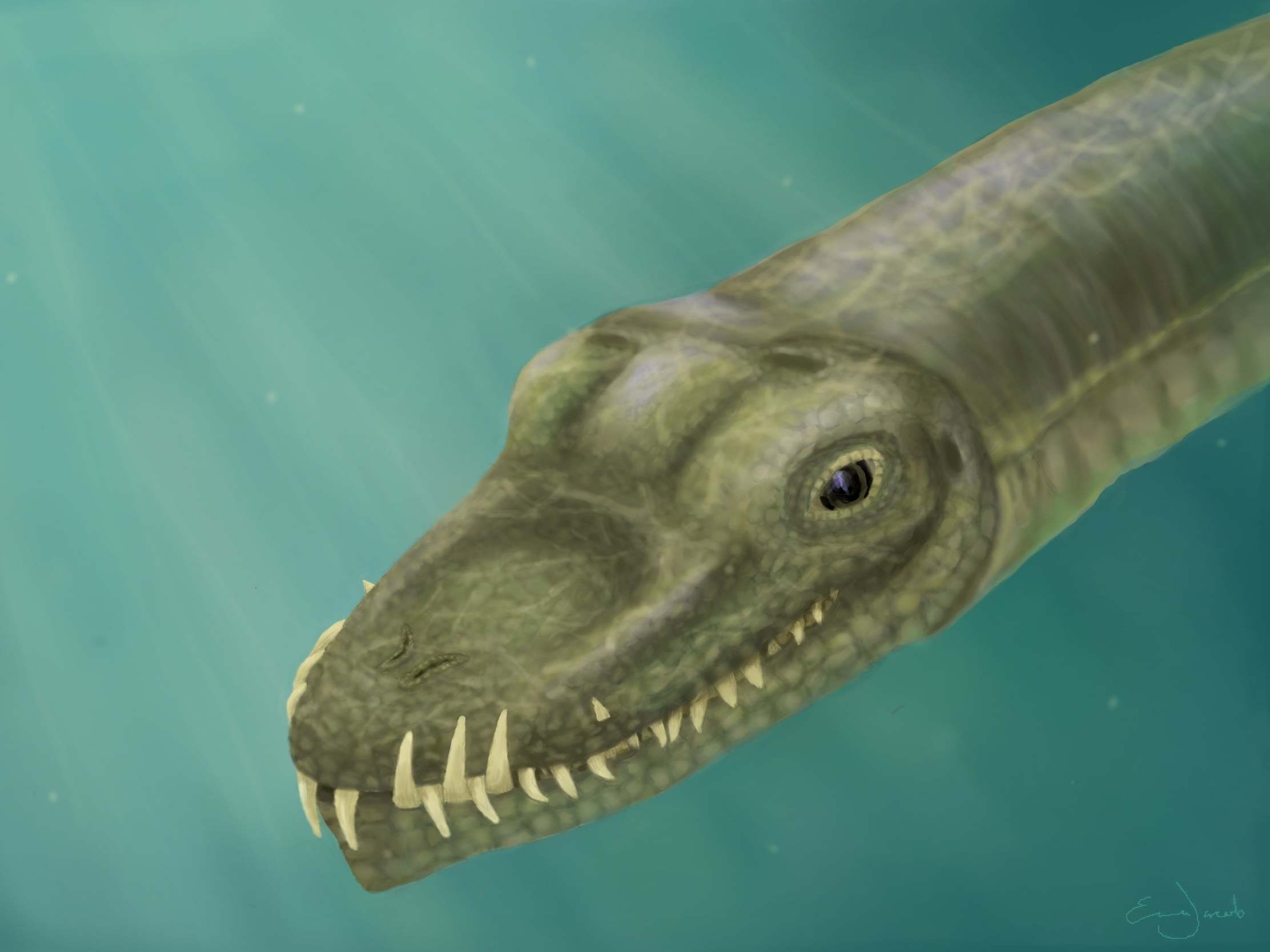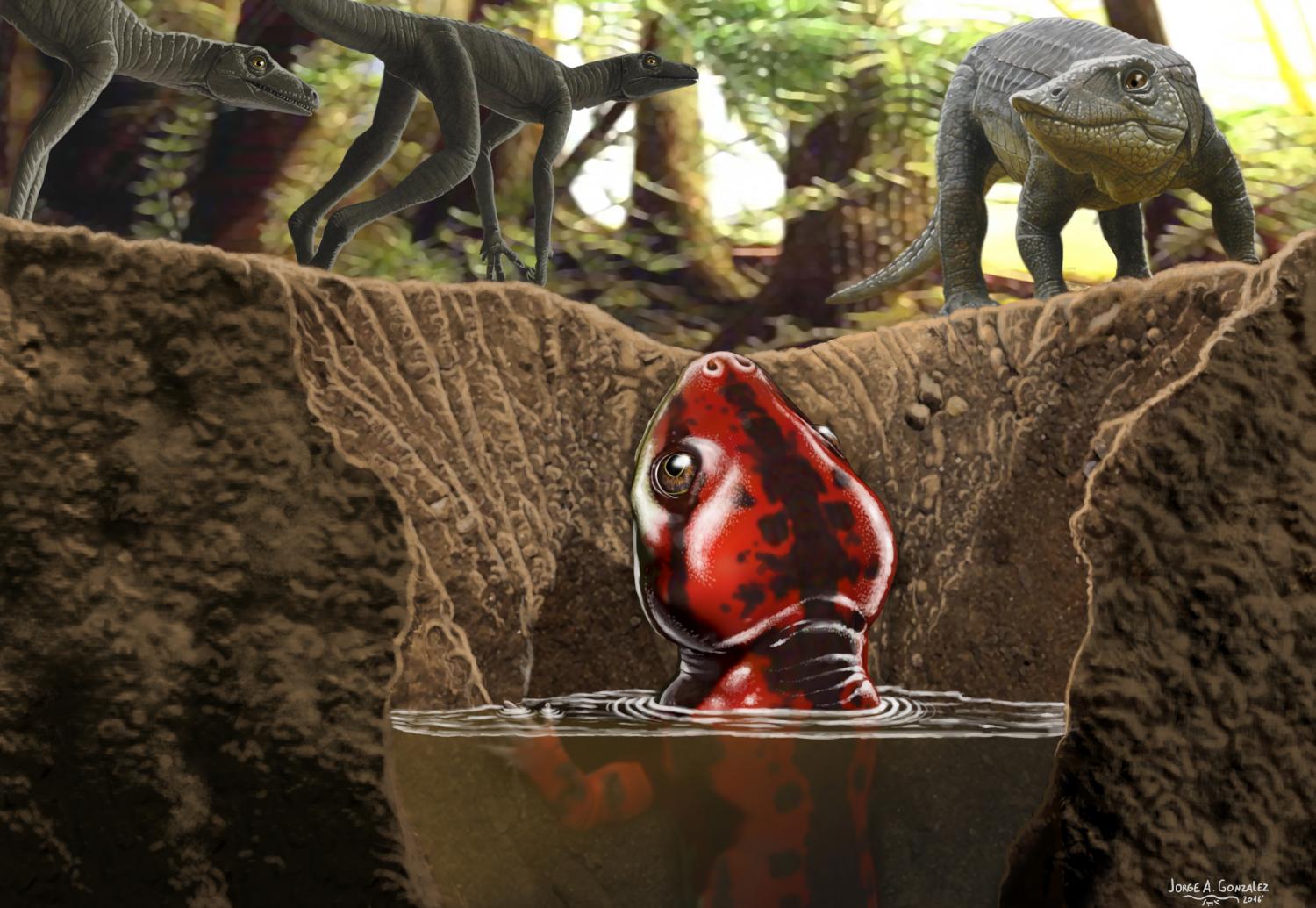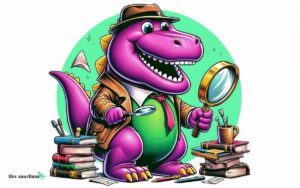Are Dinosaur Reptiles? Unveiling Ancient Mysteries!
Dinosaurs are reptiles, belonging to a group known as archosaurs. They thrived during the Mesozoic Era, which encompassed three periods: Triassic, Jurassic, and Cretaceous.
Dinosaurs first appeared roughly 230 million years ago and dominated the planet for about 165 million years. In contrast to the commonly portrayed scaly beasts, recent scientific discoveries suggest that many dinosaurs had feathers, challenging previous perceptions. Understanding dinosaurs helps researchers track the evolution of reptiles and contributes to broader knowledge of Earth’s historical biodiversity.
The fascination with these ancient creatures has fueled paleontological research, leading to exciting discoveries that continue to captivate the public’s imagination. This introduction serves as a gateway to the intriguing and diverse world of dinosaurs, with ongoing studies revealing more about their habits, appearances, and ultimately, their extinction.
The Dinosaur Family Tree
Dinosaurs are a vast and diverse group that ruled the Earth millions of years ago. Their family tree extends far and wide, showing a rich history of evolution. Understanding this tree helps us see how dinosaurs are connected to modern-day animals, including reptiles.
Distinct Features Of Dinosaurs
Dinosaurs had unique characteristics setting them apart from other creatures. Here’s a look at some defining features:
- Upright stance: Most dinosaurs walked with legs directly under their bodies.
- Three main groups: These include ornithischians, sauropodomorphs, and theropods.
- Varied diets: Dinosaurs were herbivores, carnivores, and omnivores.
- Specialized teeth: Their teeth shapes were tailored to their diets.
Link To Modern Reptiles
Dinosaurs share a common ancestor with modern reptiles. Here’s how they are connected:
| Dinosaur Feature | Modern Reptile | Similarity |
|---|---|---|
| Scales | Lizards and Snakes | Protective skin covering |
| Egg laying | Turtles and Crocodiles | Reproduction method |
| Cold-blooded (some) | All modern reptiles | Temperature regulation |

Credit: www.bbc.com
Reptile Characteristics
The ancient dinosaurs fascinate many people around the world. Are dinosaurs reptiles? To answer this, we look at the characteristics of reptiles. Reptiles are cold-blooded, lay eggs, and have scaly skin. They also breathe with lungs. Dinosaurs shared these features. But there are debates about their blood temperature. Let’s dig into these distinctive qualities that may connect dinosaurs with reptiles.
Cold-blooded Vs. Warm-blooded Debate
One key question is whether dinosaurs were cold-blooded like modern reptiles or warm-blooded. Cold-blooded creatures rely on the environment to regulate their body heat. Warm-blooded animals can control their own body temperature. Scientists study dinosaur fossils to learn about their blood temperature.
- Cold-blooded: Depend on surroundings for heat.
- Warm-blooded: Keep steady body temperature.
Skin, Scales, And Shells
Reptiles have unique coverings. Their skin is tough. It helps them survive in many places. Scales protect reptiles by covering their bodies. Shells can be found on turtles, a kind of reptile. Dinosaurs had different types of skins. Some had scales. Others may have had feathers. Like reptiles, their skin helped them live in their environments.
| Reptile | Characteristic |
|---|---|
| Lizards and Snakes | Scaly Skin |
| Crocodiles | Tough, Bumpy Hide |
| Turtles | Hard Shells |
Paleontological Discoveries
Dive into the prehistoric past where vast lands were roamed by dinosaurs. These incredible creatures spark our imagination and raise questions. Were dinosaurs reptiles? Paleontology, the study of ancient life, helps us understand these majestic beings. We unveil their secrets through persistent research and groundbreaking methods.
Fossil Evidence
Fossils offer a window into the life of dinosaurs. With every unearthed bone and tooth, scientists piece together the dinosaur family tree. Fossils indicate that dinosaurs were indeed reptiles. They had scaly skin and laid eggs, much like today’s reptiles.
- Sturdy skeletons suggest a reptilian linkage.
- Eggs and nests found worldwide confirm their reptilian nature.
- Skin imprints show scales, not feathers.
Technological Advances In Research
Innovative technology propels dinosaur research into a new era. High-resolution imaging and computer simulations allow for deeper insights into dinosaur biology.
- CT scans reveal internal structures without damaging fossils.
- 3D models bring skeletons to life on screens.
- DNA analysis attempts to decode genetic links.

Credit: www.independent.co.uk
Debunking Common Misconceptions
Many people have ideas about dinosaurs that aren’t quite right. It’s time to clear up some of those myths. Understanding what dinosaurs really were helps us appreciate these amazing creatures even more. Let’s dive into some facts!
Dinosaurs Vs. Dragons
Confusing dinosaurs with dragons is a classic mix-up. Dragons are creatures from myths and stories. Dinosaurs, on the other hand, were real animals that lived on Earth millions of years ago. Unlike the fire-breathing dragons of legend, dinosaurs couldn’t breathe fire. They were fascinating animals that scientists study to this day. Let’s set the record straight:
- Dragons: Imaginary, often appear in folklore and fantasy.
- Dinosaurs: Actual prehistoric reptiles, verified by fossil evidence.
The Jurassic Park Effect
The movie “Jurassic Park” is fun to watch but it gives us some wrong ideas about dinosaurs. One big mistake is that not all the dinosaurs shown lived during the Jurassic period. In fact, some roamed the Earth during the Cretaceous period. Here’s a breakdown:
| Movie Dinosaur | Actual Period |
|---|---|
| Velociraptor | Cretaceous |
| Tyrannosaurus Rex | Cretaceous |
| Brachiosaurus | Jurassic |
Movies can make us believe things that aren’t true. It’s important to check facts with science. Remember, dinosaurs were fascinating and real, not just movie magic.
Evolutionary Relationships
Unraveling the intricacies of the past often leads to astonishing discoveries about our world. In the realm of paleontology, the evolutionary relationships of dinosaurs captivate scientists and enthusiasts alike. Dinosaurs roamed the Earth millions of years ago, dominating the land. Yet, the question remains: Are these magnificent beasts the ancestors of today’s reptiles, or does their lineage follow a different path?
Dinosaur Descendants: Birds
Many clues point to a fascinating link between dinosaurs and birds. Anatomy uniquely connects these two groups. Birds flaunt features once found in their dinosaur ancestors. These features include:
- Hollow bones for flying
- Fused clavicles that form the wishbone
- Arrangement of muscles and movement patterns
Researchers have unearthed fossils that bridge this gap. These fossils have characteristics of both dinosaurs and modern birds. The archaeopteryx, for instance, is a famous fossil showing this blend.
Cladistics And Genetics Insights
Advancements in genetic sequencing paint a clearer picture. They allow us to dig deeper into the past. Cladistics, a method of classifying organisms, aids our understanding of these relationships. By examining shared traits, we can construct a tree of life.
This tree shows us that dinosaurs and reptiles share a common ancestor. Yet, they branched off into different directions. Cladistics reveals that dinosaurs are more closely related to birds than modern reptiles like snakes or lizards. Genetic markers support this theory, marking birds as the direct descendants of theropod dinosaurs.
To illustrate, here’s a simple breakdown:
| Group | Shared Traits with Dinosaurs |
|---|---|
| Birds | Feathers, laying eggs, similar lung structure |
| Reptiles | Scales, laying eggs, cold-blooded |

Credit: phys.org
Conclusion
Through exploring the ancient lineage of dinosaurs, we’ve unearthed that these magnificent creatures are indeed reptiles. Their characteristics and fossil evidence align with the reptilian classification. Delving into the prehistoric past enriches our understanding of these fascinating beings. As always, nature’s history invites more curiosity and study.



